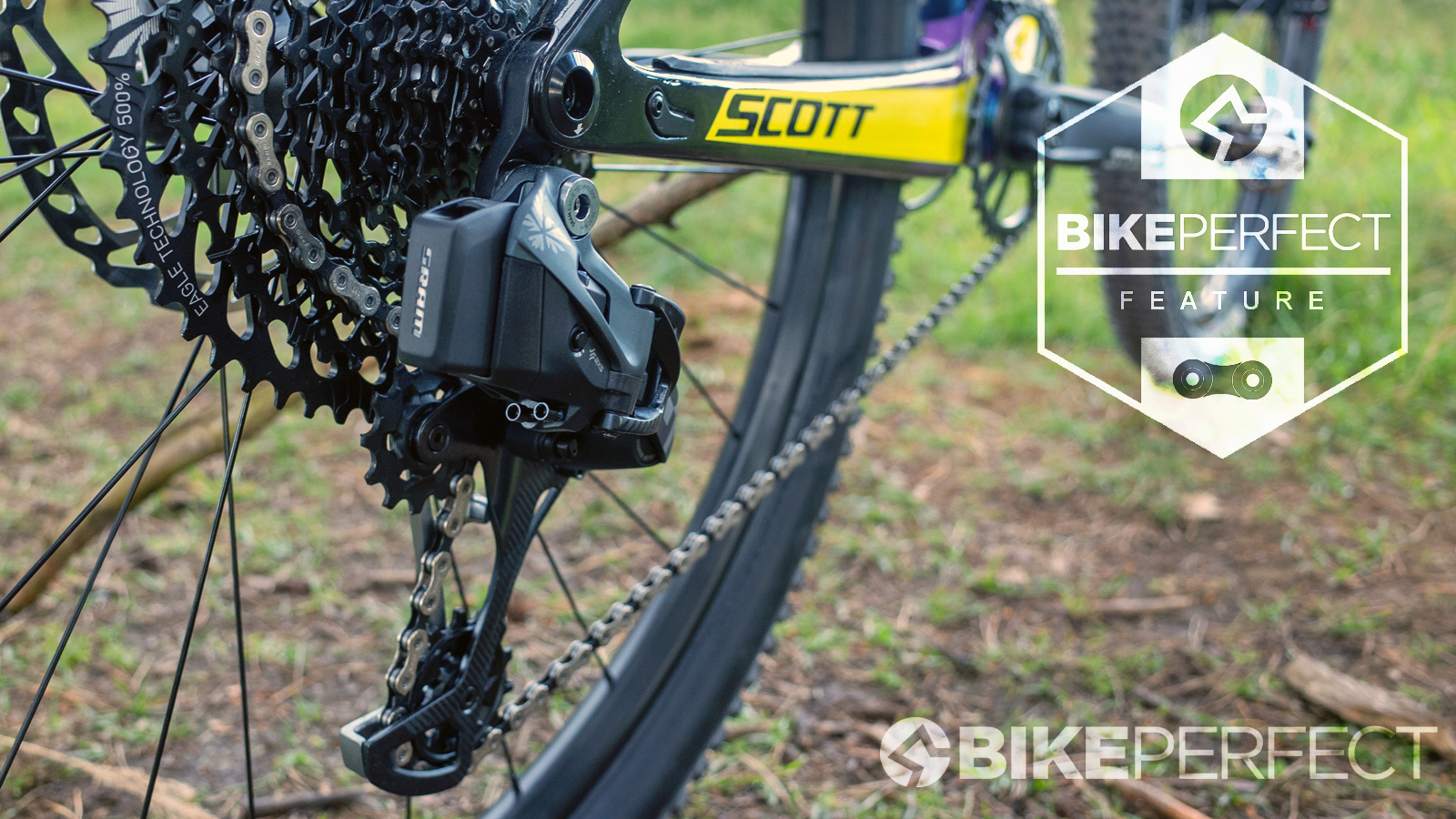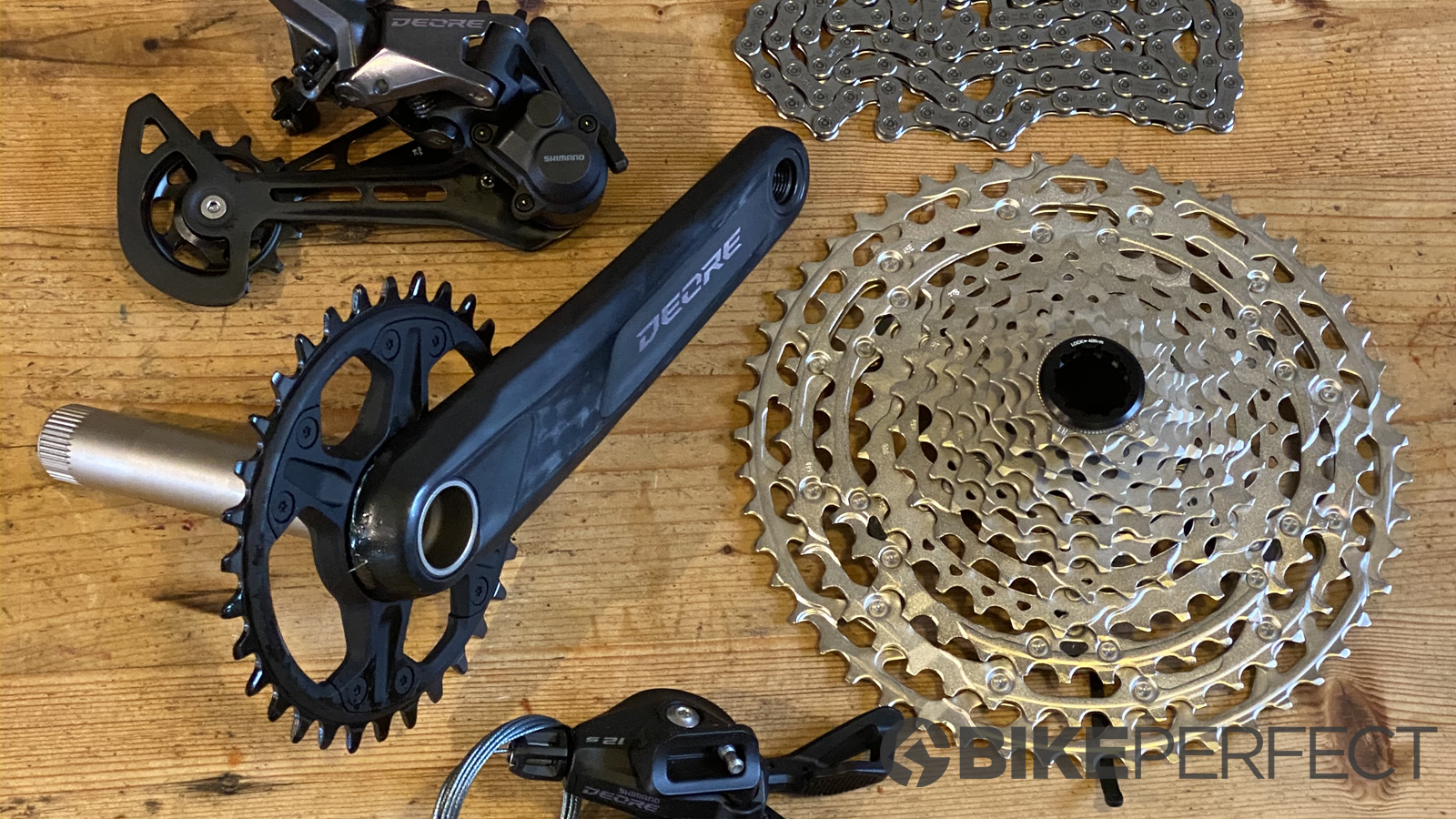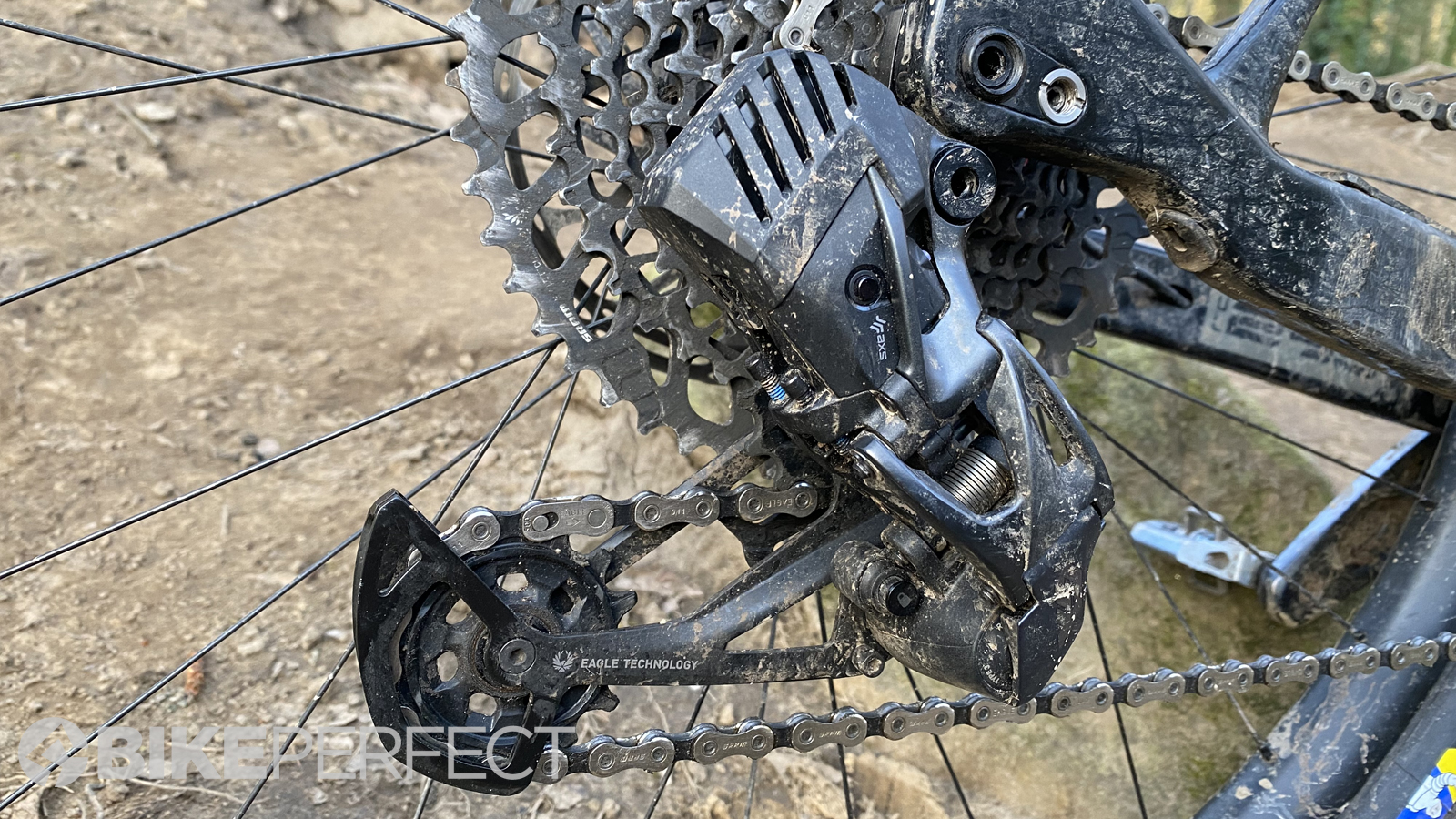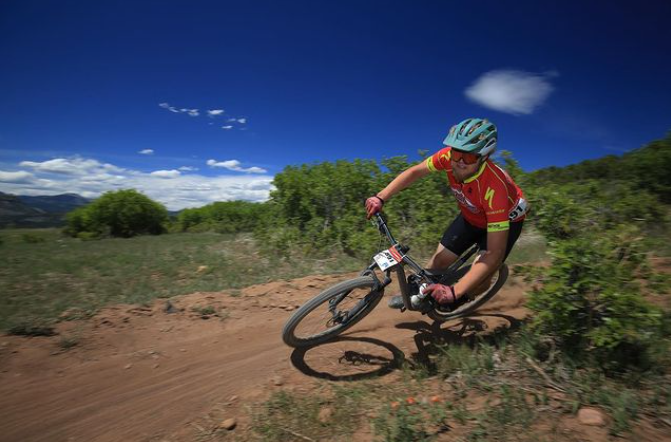Gears on a mountain bike: Mechanical vs electronic and which system is best
There are pros and cons to both mechanical and electronic shifting. Which one should you buy?

Electronic shifting entered the mountain bike world a few years ago and is now commonplace on high-end bikes. However, it's not as novel as it once was, and mechanical shifting still dominates the market, making up some of the best MTB groupsets.
Both systems have their pros and cons, with one of the biggest separating factors being cost: electronic shifting will always be more expensive than mechanical. However, is the new tech worth it? Below we break down both drivetrain types so you can decide.

Mechanical shifting
On a mechanical groupset, a shifter cable runs down the frame from the shifter levers on the bars to the derailleur. When the shifter is clicked, the cable actuates the derailleur, which then shifts the chain from one cog to another.
Two benefits of this conventional shifting system are ubiquity and cost. The cheapest drivetrain parts that you can find will be mechanical. This matters both when initially buying the parts or a complete bike as well as when looking to buy replacement parts. The large manufacturers offer a multitude of drivetrains, ranging from dirt cheap to high-end. You will also be able to buy these parts nearly anywhere, and can walk into any bike shop and buy a spare shifter cable.
A downside of mechanical shifting is the setup and maintenance. The shifter cable must sit in housing, and the cable and housing must be routed from the front of the bike to the rear. This will be done using guides on the outside of the frame or internally through the tubes, depending on the frame. Installing a cable and housing is relatively pain-free, but it does add an extra step.
The existence of a shifter cable means an extra step when adjusting your MTB shifting, too. If the cable tension is off, the derailleur won't shift correctly, leading to skipped gears or the inability to shift. This means you have to pay more attention to what your bike is doing and know how to address shifting issues. The cable and housing can also wear down or break, and should be replaced periodically.

Electronic shifting
Electronic shifting is nearly identical to mechanical, but there is no shift cable or housing running down or inside the bike. When a rider pushes a button on the shifter, an electronic signal tells the derailleur to move the chain. Instead of relying on a shifting cable, it's all done thanks to a mini-computer.
The most obvious thing to point out with electronic shifting is the steep price. SRAM's top-end electronic derailleur costs more than $700 on its own. If you want to convert your lower-end groupset to electronic, that'll cost $600 for the GX upgrade kit. Some may argue that the performance is worth the price, though.
With an electronic system, there's no need for cable adjustments or maintenance. To set up the system, you simply have to pair the shifter control and the derailleur and set the derailleur limit screws. Shifting performance is also more accurate, precise, and faster.
Electronic drivetrains also have some neat features. On SRAM's system, for example, the derailleur will protect against rock strikes with its overload clutch, which allows the derailleur to move more feely upon impact. Riders can also track metrics like how much time is spent in a certain cog.
Another downside is that you have to remember to charge the system. Many riders have stories of having to ride home without the ability to shift because they forgot to charge their battery. While these systems have long battery lives, it's another thing that you have to think about.
Which is best?
Well, that depends on a number of factors. If you don't have a big budget, or simply don't want to spend a lot of money, mechanical shifting is the way to go. If you want the latest and greatest technology, nothing can beat electronic shifting.
The biggest benefit of electronic shifting is the quality of the shifts, with motors perfectly controlling the movements of the derailleur, gear changes faster and more accurate so you can concentrate more on riding. There are maintenance benefits too, a simpler system, less maintenance and more customization mean you can quickly set up and simply tweak your drivetrain. However, some prefer the feel and sound of a more analog shift.
With mechanical shifting, components are more widely available anywhere you go, and there is a far wider choice of drivetrains from manufacturers - whether you opt for one of the big two or an alternative like TRP, Box or Sunrace. There is no battery charging, although you will need to factor in more maintenance to keep it running smoothly as the cables stretch. In addition to a cheaper cost, many like having a system that has been refined over decades of development.
Ryan Simonovich has been riding and racing for nearly a decade. He got his start as a cross-country mountain bike racer in California, where he cultivated his love for riding all types of bikes. Ryan eventually gravitated toward enduro and downhill racing but has also been found in the occasional road and cyclo-cross events. Today, he regularly rides the trails of Durango, Colorado, and is aiming to make a career out of chronicling the sport of cycling.
Rides: Santa Cruz Hightower, Specialized Tarmac SL4

